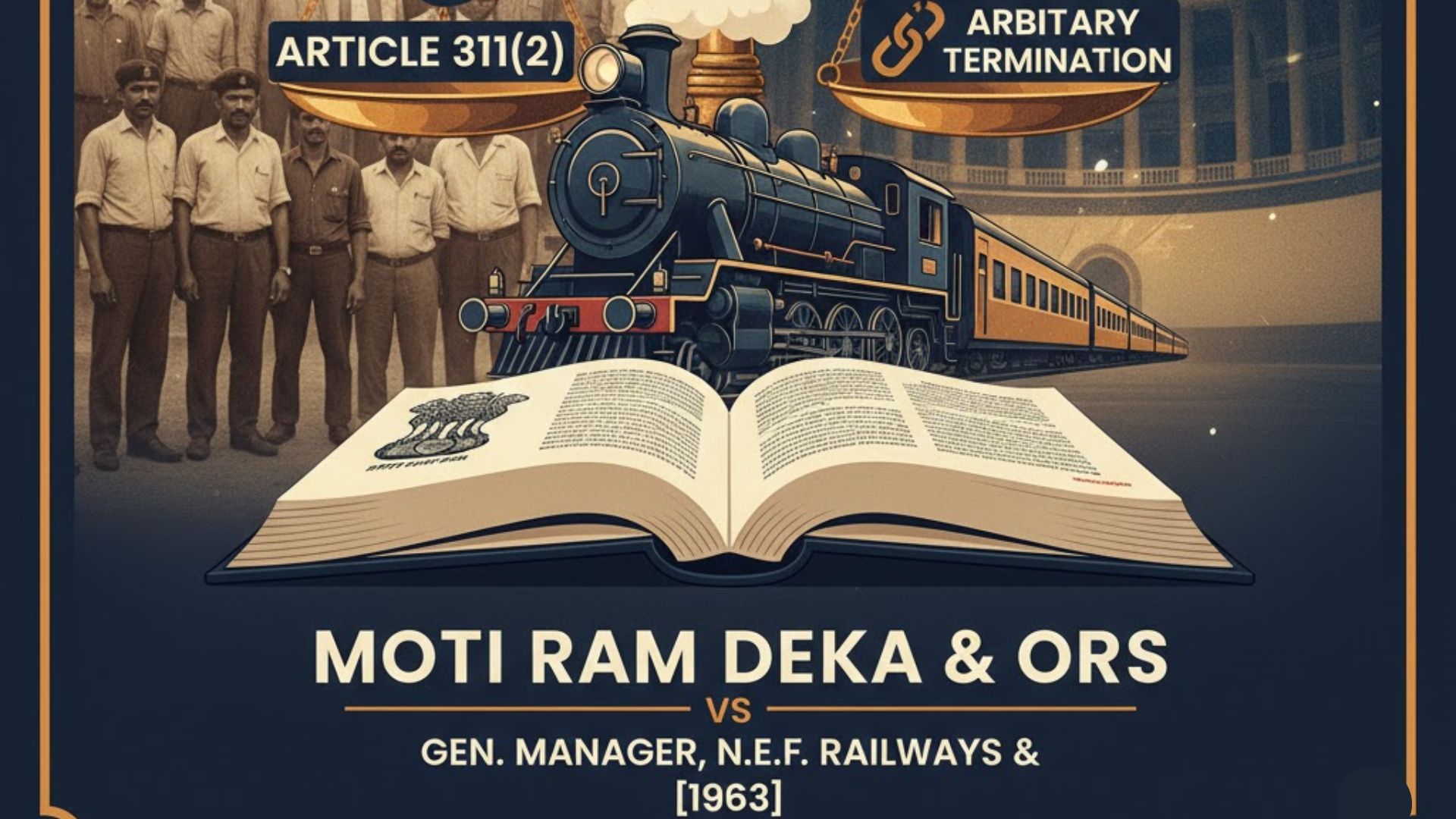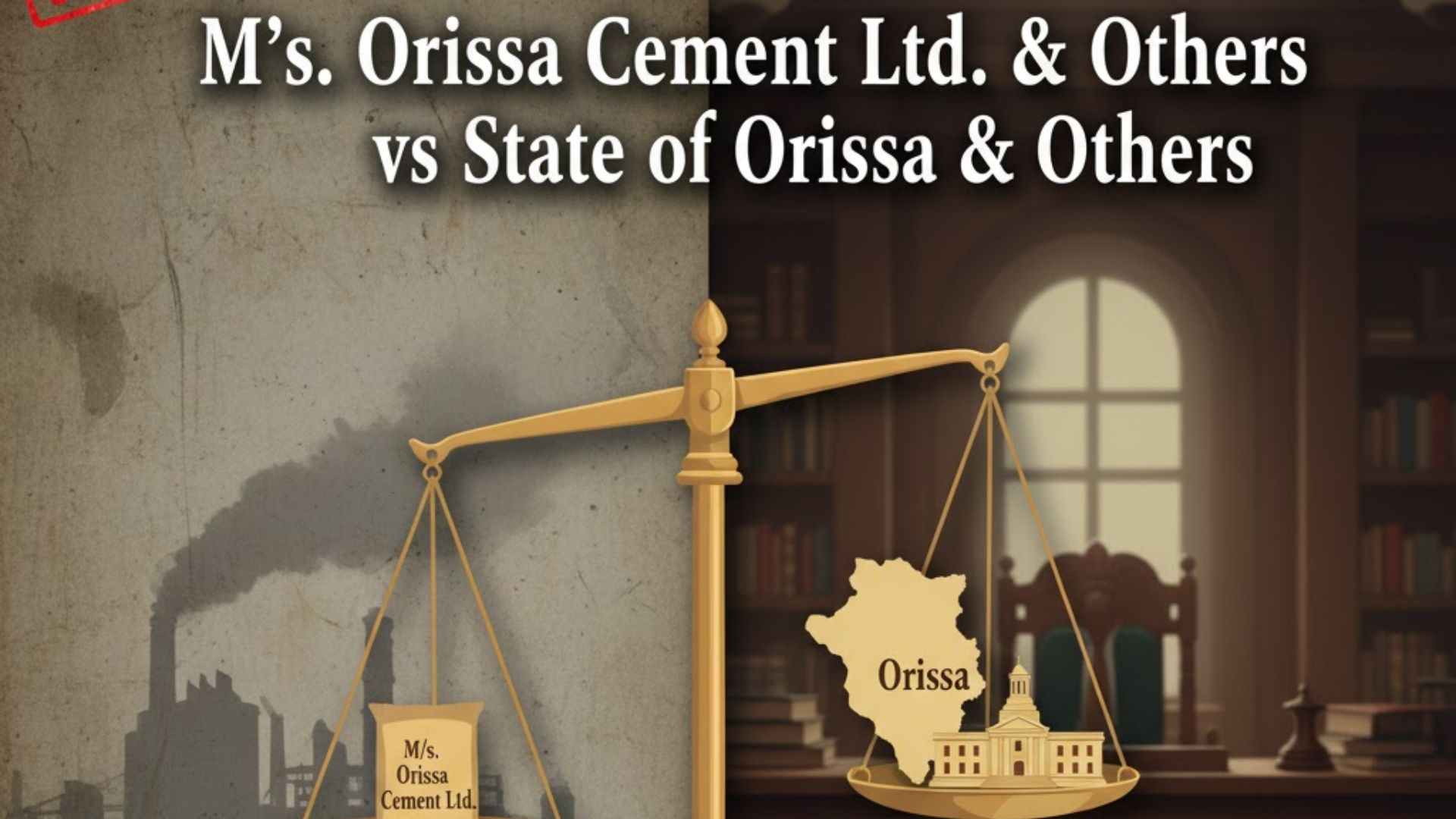1. These two appeals have been heard and argued together and are to be decided on one common ground. The question in both cases is whether
the existence of the custom of pre-emption was established. The lower Appellate Court has held that the custom was established and it has given a
decree for pre-emption accordingly.
2. It is now argued before us that the evidence upon which the learned Judge relied in his finding was not adequate to establish the existence of the
custom alleged.
3. We may say at once that the case in many respects resembled a case which was reported in Sarju Rai v. Bhuinlot Misir 11 Ind. Cas. 258 : 8
A.L.J. 947.
4. The principal piece of evidence upon which the plaintiffs took their stand was a wajib-ul-arz prepared in the year 1860. It is admitted before us
that no wajib-ul-arz for the Settlement of 1833 was before the Court.
5. We start, however, with this wajib-ul-arz of 1860 and on the principles which govern all the decisions in matters of this kind it must be
presumed that the record set forth in this wajib-vl-arz is a record of custom, and there can be no doubt that a custom of pre-emption is set out in
the wajib-ul-arz. The presumption, however, maybe overturned by other evidence and we have, therefore, to see what was the nature of the
attempt made in the Courts below, to overthrow this presumption. Dr. Sen has taken his stand upon the entries in the document known as the
kaifiat sherista nizamat. That document and the other kaifiat, namely,, the kaifiat mahtavi are on the record.
6. Now, it is undoubtedly stated in the kaifiat sherista nizamat that up till the year 1833 the settlement of this village was made with a single person
who was apparently a Raja. After that time we find that the settlement is made with a numerous body of proprietors, all Thakurs, and the Raja is
treated as excluded from the settlement. He is allowed a certain malikana allowance as the excluded superior proprietor. From what we can
gather, this arrangement has continued down to the latest date regarding which we have any evidence in this case.
7. It cannot, however, be properly argued from this material that no custom could possibly have come into existence prior to the year 1833 on the
ground that the village was the property of a single owner. The fallacy in our opinion is the assumption that there was a single owner. Having regard
to what took place at the Settlement of 1833 when numerous body of co-sharers were admitted to engage for the Government revenue, it seems
to us highly probable, that the constitution of this village had been the same for a long period. At any rate it is more reasonable to assume this than
to assume the contrary. It is stated in the Gazetteer of the Gorakhpur District that in a great many of these Rajas there were large numbers of
birtyas who were treated as inferior proprietors. It seems to have been the policy in the earlier""years of the British Administration to deal with the
superior proprietor and to take the revenue, engagement from him but this policy was reversed and from the year 1838 settlement began to be
made with the birtyas who were in fact, the real owners of the villages.
8. The co-existence of these superior and under-proprietors ought, we think in the circumstances, to be assumed and we do not think it would be
safe to argue in the present case that there was only a single proprietor up to the year 1833 and that for that reason no custom could have then
come into existence. The Judge of the Court below we think dealt with this part of the case on these lines.
9. Then there remains the further argument that it has not been shown by the plaintiff in this case that the custom could have grown up inasmuch as
it is said that no evidence of transfers is forthcoming, that is to say, transfers to which the custom would attach. The same argument, however, was
raised in the case which we have already cited from the 8th Volume of the A.L.J.R. Sarju Rai v. Bhuinlot Missir 11 Ind. Cas. 258 : 8 A.L.J. 947
and so far as we can see it was considered of no avail for the purpose of over-turning the presumption which was raised by the wajib-ul-arz (in
that case too the wajib-ul-arz was of 1860). Having regard to all the facts which have been brought before us in connection with the documentary
evidence we think that the judgment of the Court below ought to be affirmed and we, therefore, dismiss these appeals with costs including in this
Court fees on the higher scale. The order staying execution is discharged.

